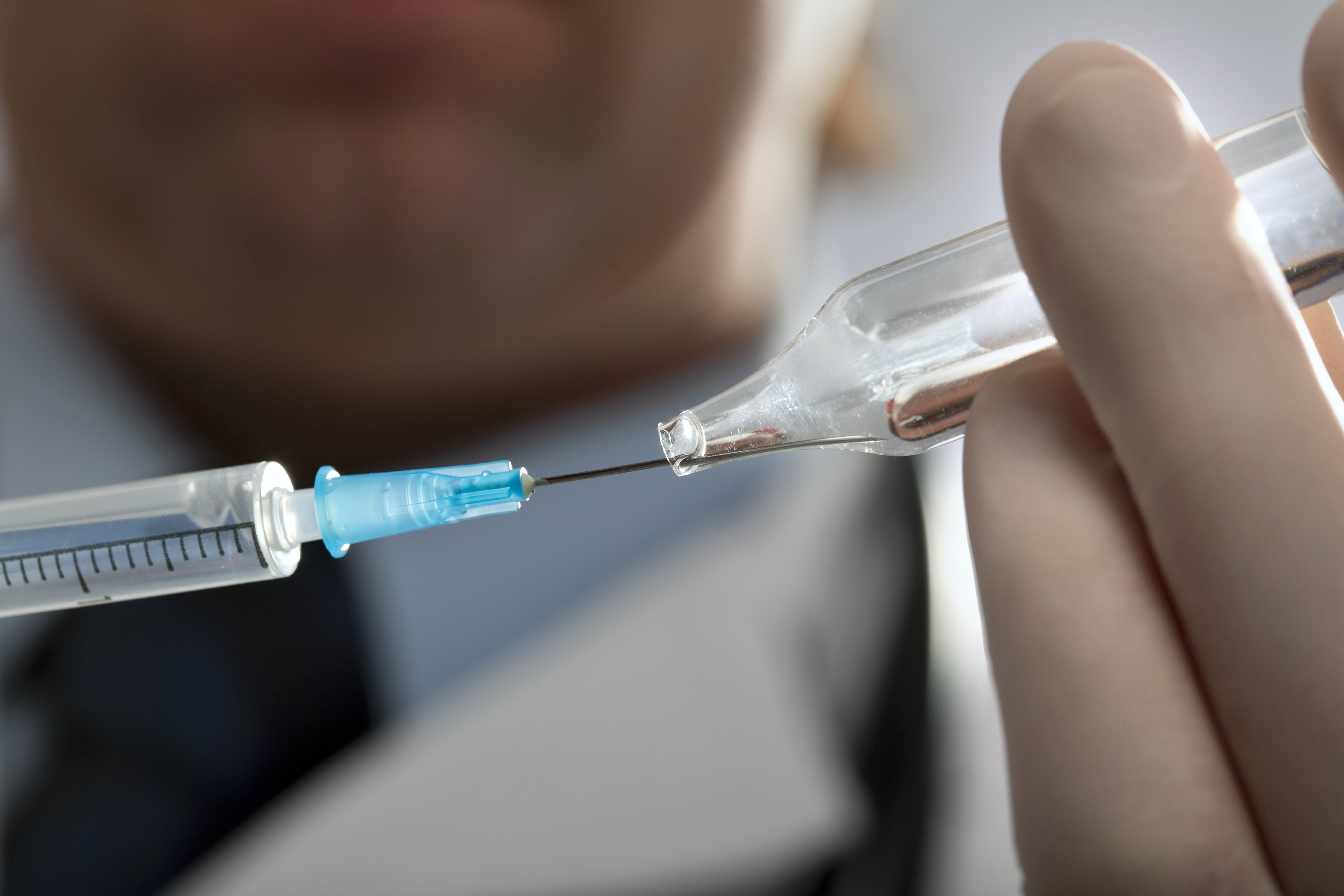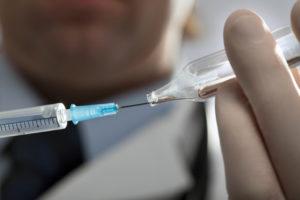Steroid Injections
Steroid injections are a powerful way of relieving pain and inflammation after an accident. But many patients don’t fully understand what these injections are, or how they work. Read on to learn more about why so many patients and medical professionals find steroid shots invaluable.
The Inflammatory Response
The inflammatory response is part of the body’s natural response to injury. Damaged cells will release a variety of chemicals, which cause blood to leak from capillaries and into surrounding tissues.
This blood flow increases the flow of nutrients to the affected area, which helps it heal. It also brings white blood cells, which address and prevent infection. This swelling also isolates the damaged part of the body, keeping any infectious agents or toxins from escaping into other tissues.
This natural response to injury is important for healing. However, inflammation often creates additional pain and bodily stress. In most situations, it’s possible and even desirable to tone back the body’s natural inflammatory response.
What Are Steroid Injections?
After an accident, medical professionals may want to reduce inflammation. A corticosteroid injection is one of the most common ways to do this.
A steroid injection delivers an anti-inflammatory steroid, such as hydrocortisone, methylprednisone, or another substance directly into the body. The site of the injection may be a joint, a muscle, the epidural layer around the spine, or it may even go directly into the blood.
These substances will typically reduce the body’s inflammatory response — including pain and swelling — within a few hours. The relief a patient experiences may last for a few months, at which point they can talk with their doctor about if they should have another shot.
What Aren’t Steroid Injections?
Many patients have misunderstandings about what steroid injections are and how they function. For instance:
- Steroid injections don’t (quite) relieve pain. Steroids reduce the body’s natural inflammatory response, which in turn reduces pain. However, they don’t act directly on pain, and won’t affect any pain that isn’t associated with the inflammatory response.
- The steroids accident patients receive aren’t anabolic steroids. Anabolic steroids, often just called “steroids”, are sex hormones naturally produced by the male body. They do have some medical uses, but are most commonly known for their effect on athletic performance. Corticosteroids have some chemical similarities with anabolic steroids (thus the similar name), but their effects and use are completely different.
Side Effects and Contraindications
Steroids are generally safer than many other ways of curbing inflammation (such as NSAID medications like ibuprofen, which can damage the stomach). However, they come with some side effects, and aren’t perfect for all situations.
Sometimes, side effects occur on the site of the injection. They may include bruising or redness, which are temporary. Side effects like loss of fat on the injection site or pale skin are permanent in some rare cases.
Patients may experience flushed face, restlessness, or an increase in appetite due to steroid shots. In some cases, they may experience elevated blood pressure or blood sugar. This is why steroids are generally not used for patients with high blood pressure or diabetes.
Steroids are a powerful way of reducing inflammation, swelling, and pain, and improving a patient’s quality of life. While they’re not perfect for all patients, they’re comparatively low-risk and help many people heal. The compassionate staff at Regional Medical Group works with accident victims to help them decide if steroid shots are right for them.



